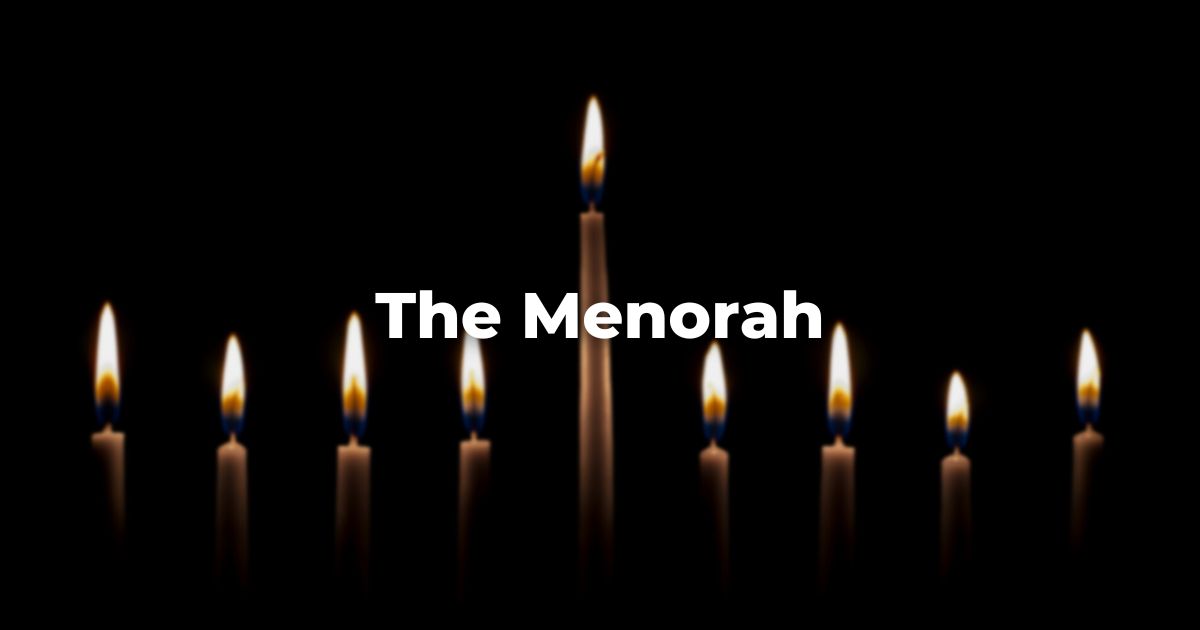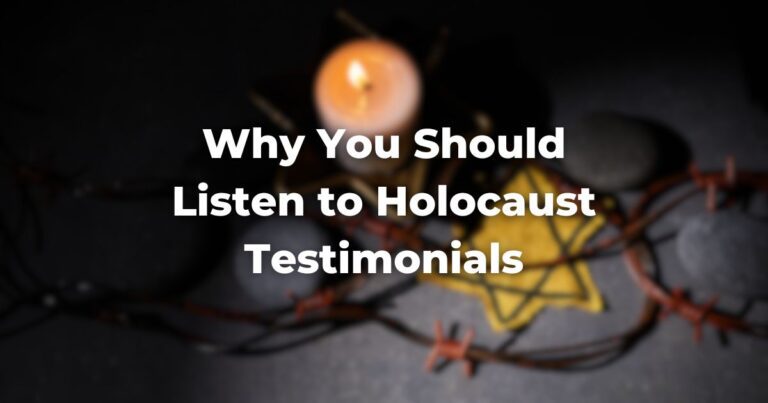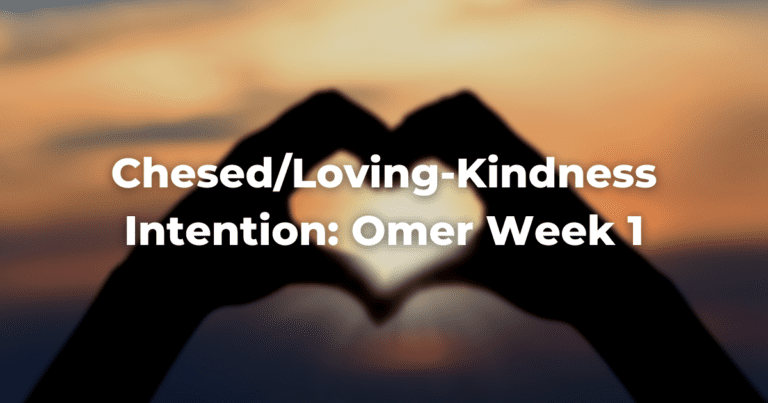Customs and Rules Regarding the Menorah
Some, noting that the Ḥanukkah candelabrum has nine branches and wishing to distinguish it from the seven-branched menorah that stood in the Temple, refer to the former as a ḥanukkiyyah instead.
In Israel, Hebrew speakers use both terms interchangeably, but the term used in English is almost invariably menorah.
Some prefer to light one menorah for the entire family, while others prefer having each member of the family light a separate menorah.
A menorah can use either oil or candles.
An electric menorah may be used only for decoration, but not for the actual performance of the mitzvah according to Rabbi Isaac Klein (z’l) in his book A Guide to Jewish Religious Practice (p. 229).
All the candle holders in a kosher menorah must either be in a straight line or, at least, on the same plane. This rule does not apply to the shammash, the “helper” candle used to light the others, which is usually elevated and set apart from the rest.
Care should be taken to make sure that every home has at least one kosher menorah.
When viewing a fully lit menorah, the flame of one candle should not visually merge with, or be directly in front of, the flame of another. Each flame should be viewed as independent and separate, thus marking and celebrating its separate day effectively and clearly (gloss of the Rema to SA Orach Chayim 671:2).
Find more on lighting candles for Ḥanukkah here.
Publicizing the Mitzvah
If the menorah has been lit elsewhere, it should then be placed in a window, a doorway, or any place where it will visible from the street (SA Orach Chayim 671:5).
This is done because the express purpose of this mitzvah is to publicize the miracle that happened so long ago, an aspect of the mitzvah usually referenced with the Aramaic expression pirsuma d’nissa (literally, “the promulgation of the miracle”).
To share the light of our menorah with all who pass by is the fulfillment of this mitzvah.
Given that the newest candle should be the one the furthest left and that the point of the mitzvah is to publicize the miracle, the general custom is to light the menorah in the correct way for those looking at it from inside the house, then to turn it around to facilitate proper viewing from the street when it is on display.
The shammash (also spelled shamash) should be allowed to burn with the rest of the candles and not be extinguished after use, because its presence also guarantees that the light of the “real” Ḥanukkah candles are not used for any other purpose without the admixture, at least, of some “permitted” light (SA Orach Chayim 673:1).
Adapted with permission from The Observant Life.
(Hanukkah has many spellings and is also spelled Chanukah or Hanuka.)
Authors
-

-

The Observant Life: The Wisdom of Conservative Judaism for Contemporary Jews distills a century of thoughtful inquiry into the most profound of all Jewish questions: how to suffuse life with timeless values, how to remain loyal to the covenant that binds the Jewish people and the God of Israel, and how to embrace the law while retaining an abiding sense of fidelity to one’s own moral path in life. Written in a multiplicity of voices inspired by a common vision, the authors of The Observant Life explain what it means in the ultimate sense to live a Jewish life, and to live it honestly, morally, and purposefully. The work is a comprehensive guide to life in the 21st Century. Chapters on Jewish rituals including prayer, holiday, life cycle events and Jewish ethics such as citizenship, slander, taxes, wills, the courts, the work place and so much more.
View all posts






